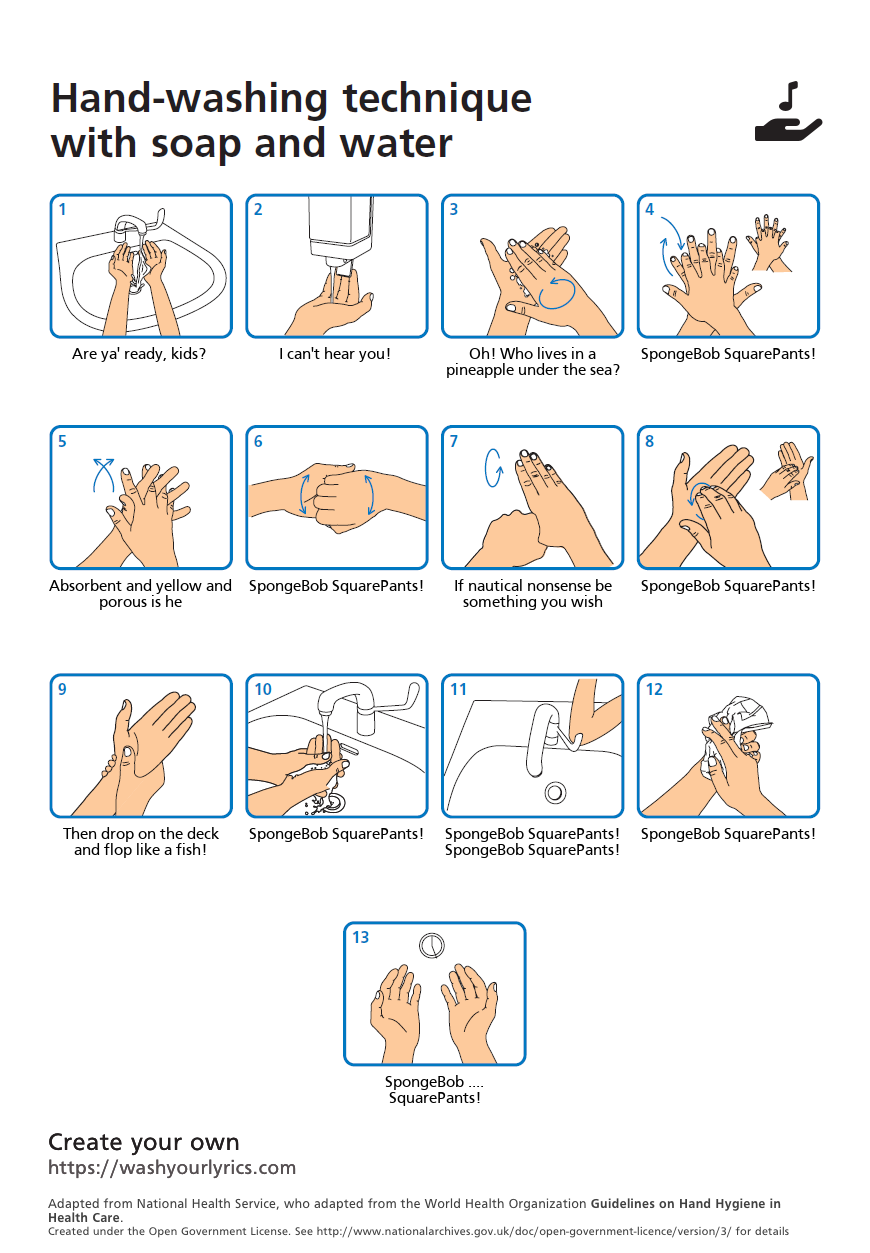 In 1961, the humorist Stan Freberg issued Volume 1 of The United States of America, a musical telling of the founding of America through the Battle of Yorktown (Volume 2 goes through the end of World War I (“They’ll never be another war…”)). The first scene on Volume 1 relates the story of how the Native Americans discovered Columbus. Although many things have changed since 1961 when this was recorded — Columbus is no longer held in the same regard, the portrayal of the Native American would be very different — there are still points that ring true, especially the exchange:
In 1961, the humorist Stan Freberg issued Volume 1 of The United States of America, a musical telling of the founding of America through the Battle of Yorktown (Volume 2 goes through the end of World War I (“They’ll never be another war…”)). The first scene on Volume 1 relates the story of how the Native Americans discovered Columbus. Although many things have changed since 1961 when this was recorded — Columbus is no longer held in the same regard, the portrayal of the Native American would be very different — there are still points that ring true, especially the exchange:
Columbus: Alright. Hello there. Hello there. We white man. Other side of ocean. My name, Christopher Columbus.
Chief: Oh, you over here on a Fulbright?
Columbus: No, no. I’m over here on an Isabella, as a matter of fact. Which reminds me. I want to take a few of you guys back on the boat to prove I discovered you.
Chief: What you mean discover us? We discover you.
Columbus: You discovered us?
Chief: Certainly, we discover you on beach here. Is all how you look at it.
Over 15 years ago, I started posting this particular scene from The United States of America every year on Indigenous People Day (nee Columbus Day). I do it as a celebration of Stan Freberg, who died in 2015 at age 88, one of the best satirists America has seen. Although it is clearly dated, every time I hear it I find new references and insights. It is always Stan Freberg day for me. It is a day when we celebrate the story of how Native Americans discovered a Italian sailor, and the world was never the same. Just look at all he brought us: “real food: starches, spaghetti, cholesterol, … all the better things. That’s called progress.” It is a day when we celebrate how the inhabitants of Miami Beach discovered an illegal boat person on their shore, and made the gigantic mistake of offering him and the others on his boat asylum… and look at what happened. It’s a day that highlights the arrogance of Columbus and his party, just taking land and pushing aside the Native Americans. Or, just perhaps, it is a day that celebrates a city in Ohio for reason no one really knows, other than we needed to give bankers a 3-day weekend in October, because we all know they need the respite.
In any case, the banks are still closed.
I present a transcription of the scene, just as it happened. If you would like to listen to it, here’s the YouTube of the track:


![[United States of America]](https://pics.livejournal.com/cahwyguy/pic/00056kwb)
 I have a number of Conservative friends are who are making fun of the whole COVID-19/Coronavirus response. I’m sure you’ve got friends like that. The ones who insist that the name-your-flu-pandemic was worse. The ones who insist that events shouldn’t be cancelled; the high-risk population should just avoid going to them. The ones who believe this is just a conspiracy theory.
I have a number of Conservative friends are who are making fun of the whole COVID-19/Coronavirus response. I’m sure you’ve got friends like that. The ones who insist that the name-your-flu-pandemic was worse. The ones who insist that events shouldn’t be cancelled; the high-risk population should just avoid going to them. The ones who believe this is just a conspiracy theory.
 As I continue to review the collected links, here’s a random collection of articles that I found of interest:
As I continue to review the collected links, here’s a random collection of articles that I found of interest: Lots of news chum accumulated over the last few months while I’ve been focused on other articles. Here are some articles related to crafting and such:
Lots of news chum accumulated over the last few months while I’ve been focused on other articles. Here are some articles related to crafting and such: As I work, between other tasks, to clear out the news chum, here’s a collection of articles related to health, medicine, and drugs:
As I work, between other tasks, to clear out the news chum, here’s a collection of articles related to health, medicine, and drugs: